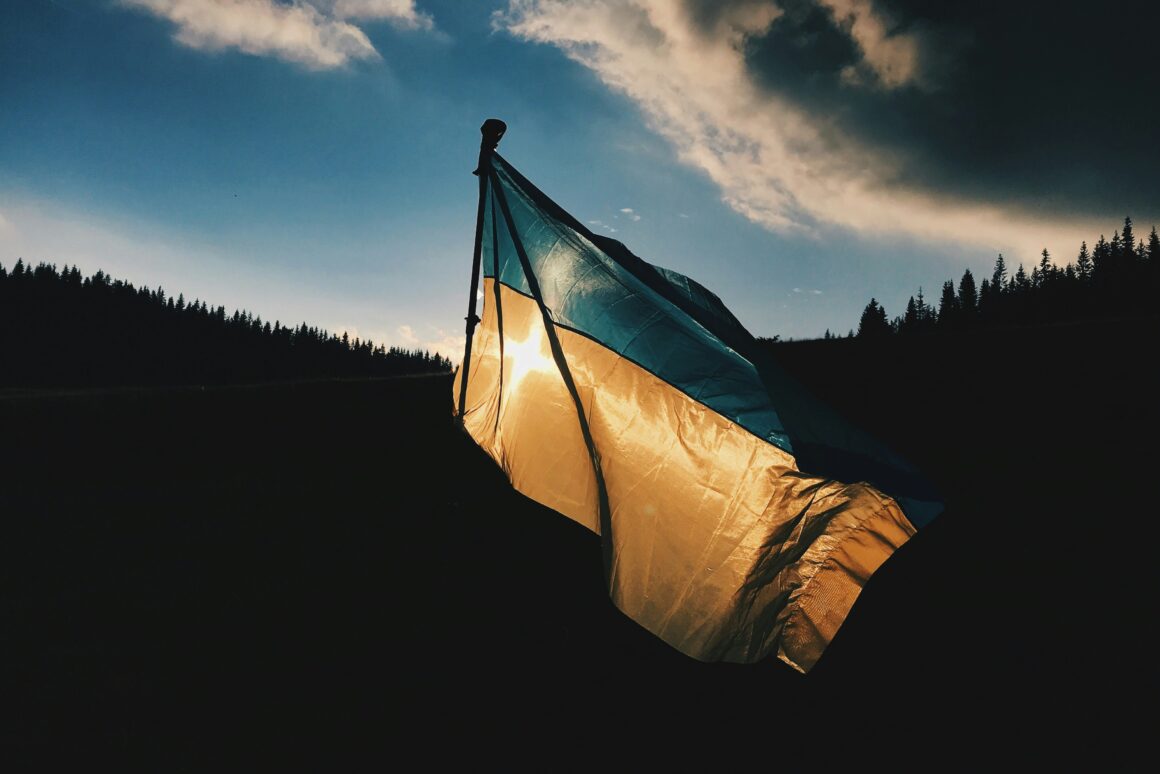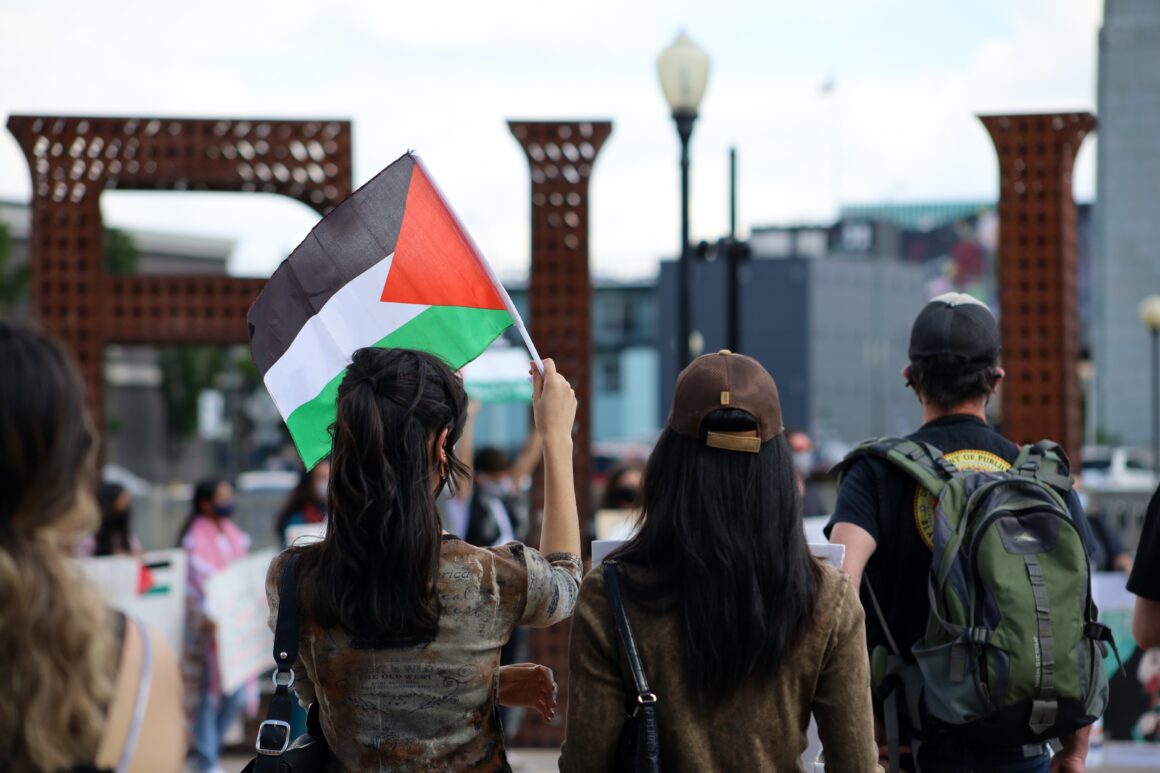The Canadian Government will be paying $800 million to the Indigenous victims affected by the ‘60s scoop after several class action lawsuits have been filed against them for the suffering endured by Indigenous children during the horrific period of time.
The ‘60s Scoop was a terrible act of fanaticism in which the Canadian government, in the 1960s, 1970s and 1980s, reached levels of extremity to erase the ethnic identity of Indigenous children. Within approximately two decades, thousands of Indigenous children were taken from their homes by child welfare-services and sent to live in non-Aboriginal families throughout Canada, the U.K and America. This would typically occur without the consent of the children’s parents.
According to Indigenous and Northern Affairs Canada, between 1960 and 1990, 11,132 children were adopted. Through more research it has been found that the number lies closer to 20,000, and other sources say it may even be up to 30,000.
The Indian Act, a statute introduced in 1876 pertaining to government authority over Aboriginal groups, after a change in the 1965 allowed for the Canadian government to administrate child welfare for Indigenous children. Due to the Indian Act, there was a substantial lack of care and resources for the Aboriginals, resulting in poverty, high mortality, and feeble health, as well as many issues affecting Indigenous children. The government’s response was to use their welfare jurisdiction to “scoop” children from their homes and identities, and into the homes and identities that met the Eurocentric standards the children were meant to comply to. The social workers who were a part of the Scoop were not always trained or knowledgeable in this sort of welfare. The government saw it a more apt method of confrontation and responding than supplying Aboriginal communities with more resources and facilities. To the government, it was fast and simple and did not require a lot of effort. Although a requirement was for involved parties to be consulted, as well as for the adopters to receive information about the children’s education and heritage and benefits the children should receive, all was done without consultation and consent.
The end goal of the Canadian government was to have Aboriginal families become accumulated to the Euro-Canadian lifestyle and live according to Eurocentric standards. There has not yet been a formal compensation from the federal government issued in regard to the ‘60s Scoop before this payout.
Children victimized by the Scoop suffer from a loss of identity and fundamental understanding of themselves, as well as a broad spectrum of mental health issues such as feeling confused and alone. The children were deprived of their right to a healthy childhood. They were not able to learn about themselves and gain an insightful perspective on their cultural identities as living in non-Indigenous homes did not allow them the opportunity to be educated on their culture. Instead, they learned in their years as adults about who they are ethnically. The children also had different experiences. Some families provided a healthy and supportive household, while others were abusive. This plays into the depth of the distress and crippling mental health.
Lawsuits were filed against provinces that participated in the Scoop, beginning in the 1990s. Amongst the several class action lawsuits, one issued against Ontario was significant and successful.
Sources say each claimant will receive a payout between $25,000 to $50,000 through the settlement, with the maximum at $750 million. However, depending on how many survivors make a claim for the money, the amount can decline. The government will also be putting in $50 million more for an Indigenous Healing Foundation and for matters of healing and reconciliation, as demanded by Marcia Brown Martel, the representative plaintiff. A separate fund for legal costs will be made that go between 10 to 15 percent of settlement awards, so that the money the government intends for the victims will go to them and only them, and not their lawyers.
Brown Martel said the Canadian government neglected its duty of protecting herself and other Indigenous children on reserves from all that they endured through the ‘60s Scoop. She created a class action lawsuit of $1.3 billion in 2009. Her lawsuit has lasted around 8 years, as the government fought against the claim. In February 2017, Ontario Superior Court Justice Edward Belobaba took Brown Martel’s side which led the federal government to negotiate settlements for the claims across Canada.
From May to September, there were nine meetings held and Justice Michel Shore of the Federal Court was the mediator. Through this, a settlement was agreed upon.
There will be a news conference on Friday October 13, 2017 in which Minister of Crown-Indigenous Relations, Carolyn Bennett, plaintiffs and their attorneys will be present to address the payout. Sources say an announcement will be made to say that 18 legal actions, Brown Martel’s being one of them, against the ‘60s Scoop throughout Canada will be handled through a national settlement.
The plaintiffs began suing in around 2010 for “damages for the loss of their aboriginal language, culture and identity”. While some faced physical and sexual abuse, these will not be a part of the deal.
Brown Martel is from the Temagami First Nation and chief of the Beaverhouse First Nation but was raised in a non-Aboriginal family due to the Scoop.
At a rally in August 2016, Brown Martel told CBC news,
“There is a sadness to me. There truly is a sadness to me, not to have been able to speak to my mother in her own language, to have great dialogue with her, not to be able to speak to my grandmother, who had such knowledge. Those are the regrets that I have.”
Although the news seems to be one to be celebrated, as this is a long-awaited victory for victims, the story behind it taints the celebrations a sad colour. Canada does not have an amiable relationship with its Indigenous people, dating back to when European colonizers first came to Canada and took advantage of the Aboriginals there. Eventually creating an industrialized and established society, the federal government used its authority against Aboriginals, creating legalities such as the Indian Act, essentially legalizing the mistreatment of First Nations. Under Trudeau’s government, reconciliation with the Indigenous Peoples is a priority, and one that Canada is constantly working towards. These tragic few decades cannot be taken back, and there are not enough apologies in the world, or money from the government, that can truly give to the Aboriginals all that was taken from them. Lost identities, languages, heritages, land; nothing was left for the Indigenous. Not even themselves. As the generations go by, the history lives on through its manifestation within the poor quality of life and physical and mental health in reserves and Aboriginal communities. While the payout is a start, there is still a long way to go to build back the burnt bridges, and much more compensation, apologies, and listening to be made and done along the way.




